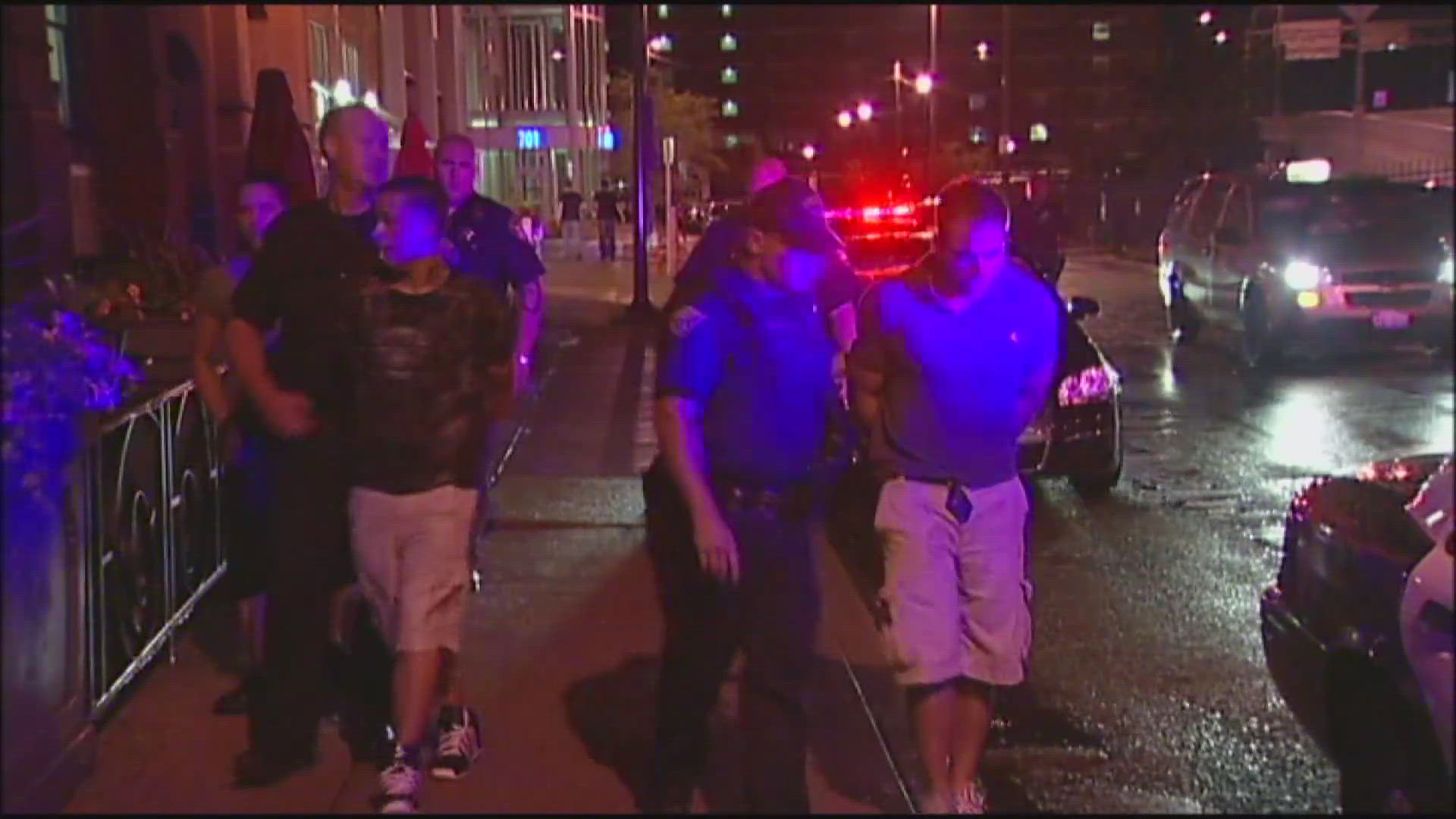CLEVELAND — The City of Cleveland released an “unprecedented” report on police stops, searches and arrests Wednesday, fulfilling a requirement of the Department of Justice Consent Decree the police department has been under since 2015.
The report dives into numbers from 2022, a delay that city officials attributed to the reporting requirement under the consent decree. During that year Cleveland police made 16,463 stops, 94% of which were traffic stops. The other 6% were investigatory stops, meaning an officer “must have reasonable suspicion that the stopped individual has, is, or is about to engage in criminal conduct.”
The number one reason for investigatory stops was the “individual matched description.” That made up 20.5% of stop forms officers filled out, followed by drugs (16.7%) and alcohol (13.3%) and dozens of other reasons.
Among investigatory stops, 51% of those stopped were Black males. 17% were white males, and 9% Hispanic males. But when you look at arrest rates, 34% of Hispanic males stopped were arrested, 28% of Black males, and a quarter of white males stopped were arrested.
“This particular report on the surface — on the surface — can potentially have a chilling effect,” Safety Director Dornat Drummond said during a press conference Wednesday morning.
Mayor Justin Bibb and other city leaders warned the public the numbers need context.
“[The report] describes the what, not the how or not the why,” said Dr. Leigh Anderson, who serves as the executive director of the police accountability team. “What are the officers doing right? Where can they use more assistance? More training? Is it a policy? Is it bad actors? Is it systemic? These are questions we cannot answer.”
Dr. Anderson added that while the DOJ flagged search and seizure as an issue, it did not investigate when the consent decree went into effect in 2015. As a result, she said, there is "no empirical data from 10 years ago which tells us if we are doing better or worse.”
“It would not only be unfair but also unethical for the city as well as the public to jump to conclusions and make rash premature decisions just based on initial numbers without understanding the full scope and context around this topic and, more importantly, whether there are indeed any problems,” Mayor Bibb said. “Reacting too quickly at this juncture can have very severe consequences for the city and the public.”
In 2022 the police department conducted 15,467 traffic stops. According to the report, the main reasons included speeding, running stop signs and lights and driving the wrong way. 60% of drivers pulled over were Black, while more than a quarter (28%) were white and 9% were Hispanic, according to the city.
Officers cited about three quarters of the drivers they pulled over. 77% of Black females stopped received a citation. That number was about the same for Hispanic and White males and females. 71% of Black males pulled over were cited.
Arrest rates during traffic stops looked a bit different: 5% of Black males were arrested and that amount dropped for Hispanic males (3%), White males (2%), and Black and White females (1%).
“I hear complaints from residents every single day about the important need of traffic enforcement,” Mayor Bibb said.
He added that it was a challenge to make sure they are aggressive and staying on top of traffic enforcement and incidents like the recent street takeovers while also making sure officers are engaging in the constitutional policing that the consent decree requires.
“These numbers are so important because they give us this baseline to move forward and state, ‘Okay, are we giving the community what the community is asking for but are we also living up to constitutional standards for policing reform in the city of Cleveland?” Anderson said.
The report shows 0.6%, or just under 100 traffic stops involved officers using force. While officers used force in 2.2%, or 22 investigatory stops.
The city is currently searching for a third-party organization that can help them make sense of these numbers and draw conclusions that can improve policing in the city. Anderson said they expected to secure a third party within the next month.
“We will have multiple people looking at this—multiple entities—because it’s just that important,” Dr. Anderson said.

